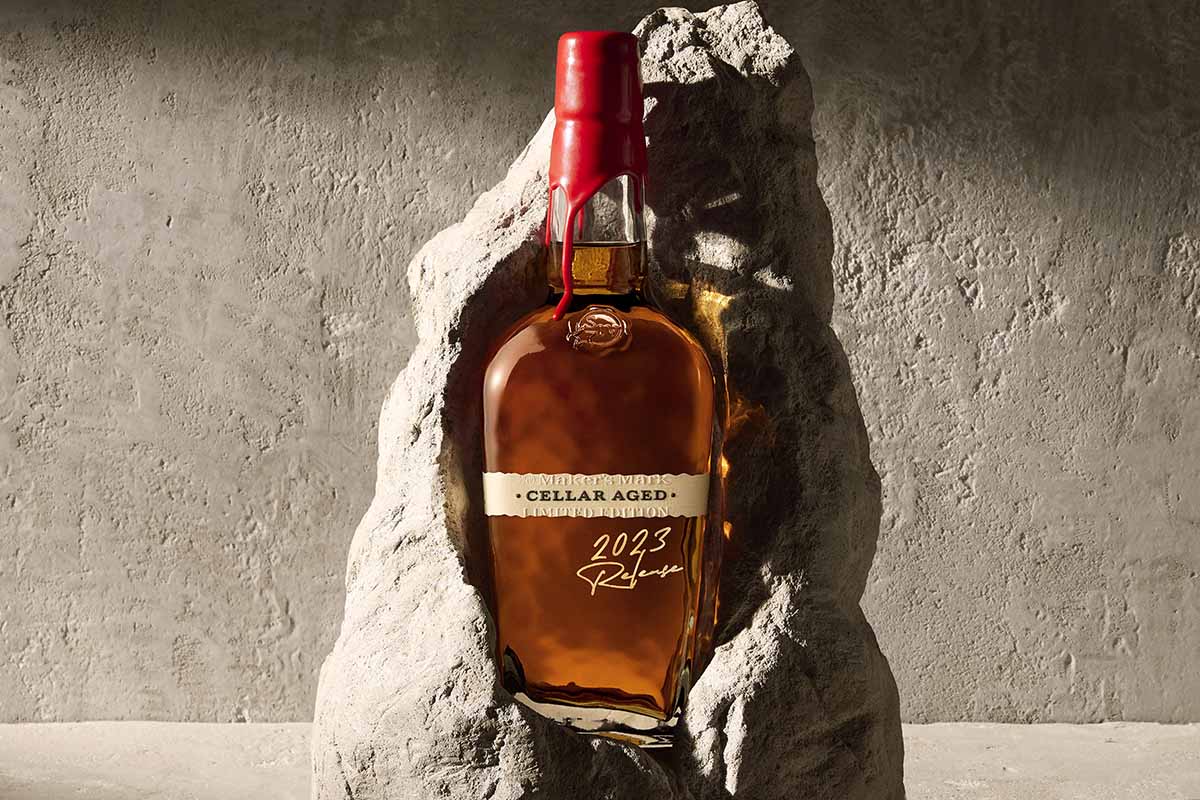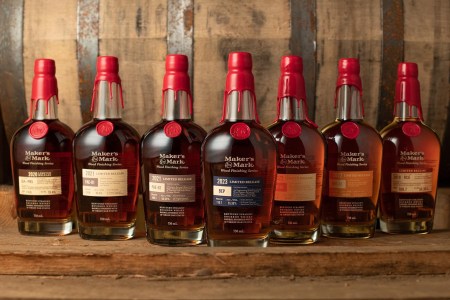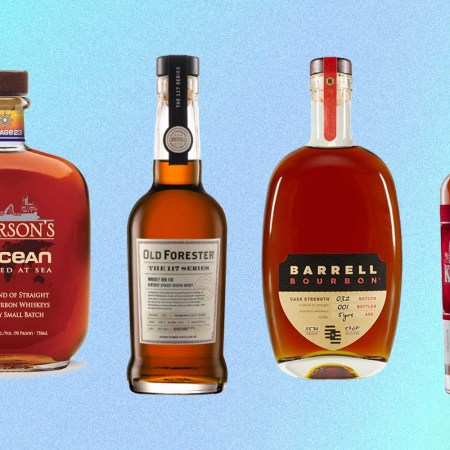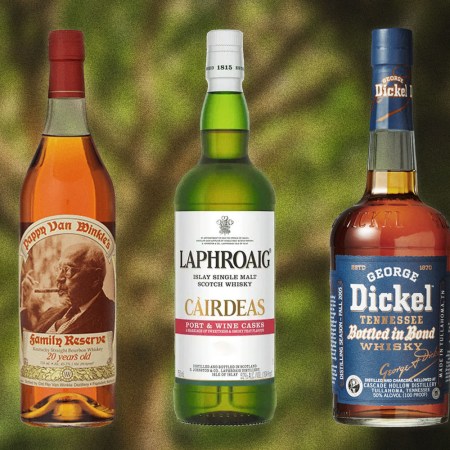Since the founding of the distillery in 1953, Maker’s Mark has always done things a little differently. From their iconic bottles hand-dipped in red wax to the way they choose to spell “whisky” on their labels, Maker’s blazed its own path. That said, in the 70 years since Bill Samuels Sr. started making bourbon in Loretto, Kentucky, Maker’s Mark has made it a point not to stray too far.
But scores of loyal Maker’s fanatics have been clamoring for an extra-aged expression of the brand’s beloved wheated bourbon for years. And the distillery is finally giving the people what they want with their new Maker’s Mark Cellar Aged expression. This blend of 11- and 12-year-old bourbon is the first Maker’s release to carry an official age statement, but it’s not just the age that makes this whiskey special. To understand why that is, we have to go all the way back to the founding of the distillery.
Purposeful Inefficiency
Bill Samuels Sr., the founder of Maker’s Mark, had a very clear vision of what he wanted his bourbon to taste like: Approachable, smooth, and welcoming. After some consulting with his friend and colleague Julian “Pappy” Van Winkle, Bill Samuels Sr. opted to use red winter wheat as the flavoring grain in the mash bill instead of the more affordable and common rye. The mash bill of 70% corn, 16% wheat and 14% malted barley is the only recipe that Maker’s has ever, and will ever, distill.
“Fundamentally, [Bill Samuels Sr.] was a craftsman and an obsessive. He didn’t always have the most business ambition,” says Rob Samuels, 8th-generation whiskey maker, and managing director at Maker’s Mark. This focus on craft above all else led to a 1981 Wall Street Journal article to respectfully describe the distillery as “a model of purposeful inefficiency.”
Maker’s Mark Brings Its Wood Finished Series to an End With BEP
It’s the fifth installment in a well-received seriesThe best example of this aspect of Maker’s Mark’s iconoclastic whiskey-making process is their practice of rotating barrels. All newly filled barrels are first placed on the top floor of a warehouse. After two years, the barrels stored at the sweltering heights of their seven-story warehouses are eligible to be rotated to lower levels. The cooler temperature and higher humidity at lower levels cause the barrels to age at a slightly slower, steadier rate. Barrel-aging whiskey is a constant balancing act. “During maturation, you’re continuously creating and destroying flavors,” says Maker’s Mark’s Innovation Manager, Beth Buckner. Rotating the barrels helps maintain consistency, along with helping to avoid the tannic bitterness that Bill Sr. never wanted in his whiskey.
Historically, Maker’s Mark is aged to taste. “We feel like overaged whiskey is the worst,” Samuels says. “Too many tannins from the barrel can present as bitterness and my grandfather wanted no bitterness in his bourbon.” Even though Maker’s Mark controls as many variables as they can, each individual barrel ages at a slightly different pace — some barrels are ready before others. Barrels are pulled for bottling when the tasting panel determines they have reached the ideal degree of maturation before any of the bitter, drying components are imparted by the barrel.
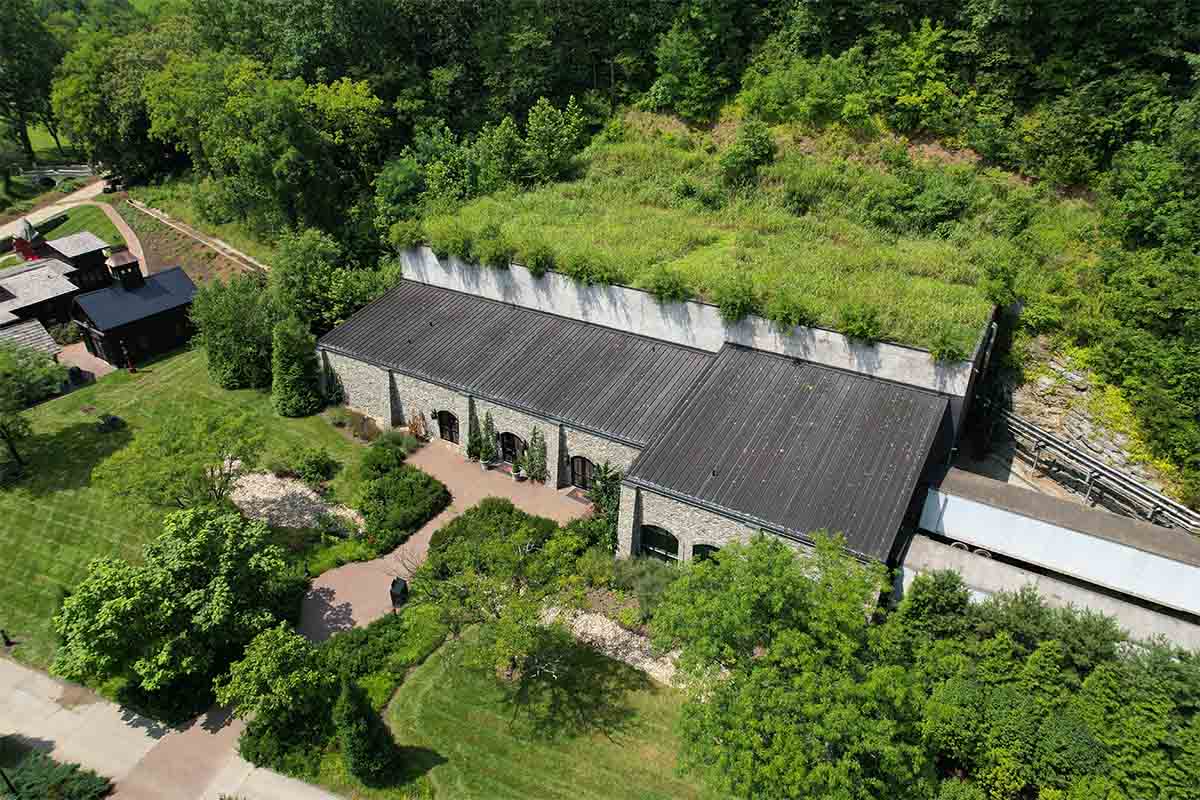
A Lack of Bitterness
There’s a good reason why Maker’s Mark has never released an age-stated bourbon. It was basically impossible until now. “For us, everything starts with a taste vision,” says Buckner. “Bill Sr. constantly said he wanted his bourbon to be ‘yummy’, which to him meant bitter-free.” Buckner explains that the distillery had experimented with bourbon aged in Maker’s Mark’s 51 warehouses for extended periods of time. But the older the whiskey got, the flavor profile went off-brand — it didn’t taste like Maker’s Mark anymore.
In 2016, a solution presented itself. In order to produce their wooden stave-finished whiskeys (like the Maker’s Mark 46) year-round, Maker’s Mark dug into the side of a hill on their distillery campus and built a climate-controlled, limestone cellar. This cellar maintains a temperature of around 50° Fahrenheit throughout Kentucky’s bitterly cold winters and sweltering summers. The one-of-a-kind cellar provides an environment that effectively slows down the barrel aging process by protecting the aging whiskey from Kentucky’s seismic seasonal swings in temperature and humidity.
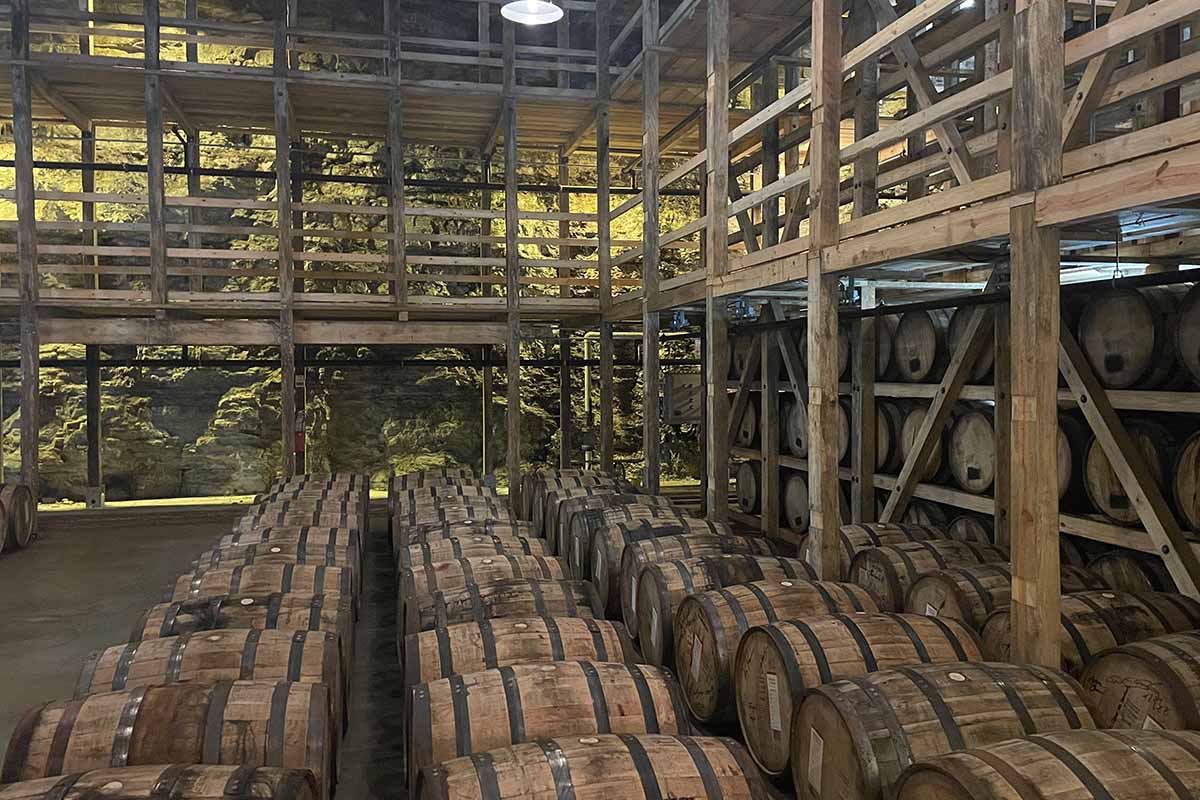
It was the perfect opportunity for innovation. “We realized we could take fully mature Maker’s and then put it in the cellar,” Buckner says. “In a controlled environment, the whiskey can still mature and oxidize, but without the bitter tannic notes from the oak.”
The whiskey that became Maker’s Mark Cellar Aged began its life in average barrels aged to taste for about six years in the distillery’s 51 rickhouses. After the bourbon met the flavor profile, the first barrels of fully-aged Maker’s Mark went into the cellar in 2016. After five to six more years of tightly controlled maturation, the whiskey was ready. The resulting 225 barrels full of 11- and 12-year-old whiskey were blended to create the brand new, 2023 bottling of the Maker’s Mark Cellar Aged.
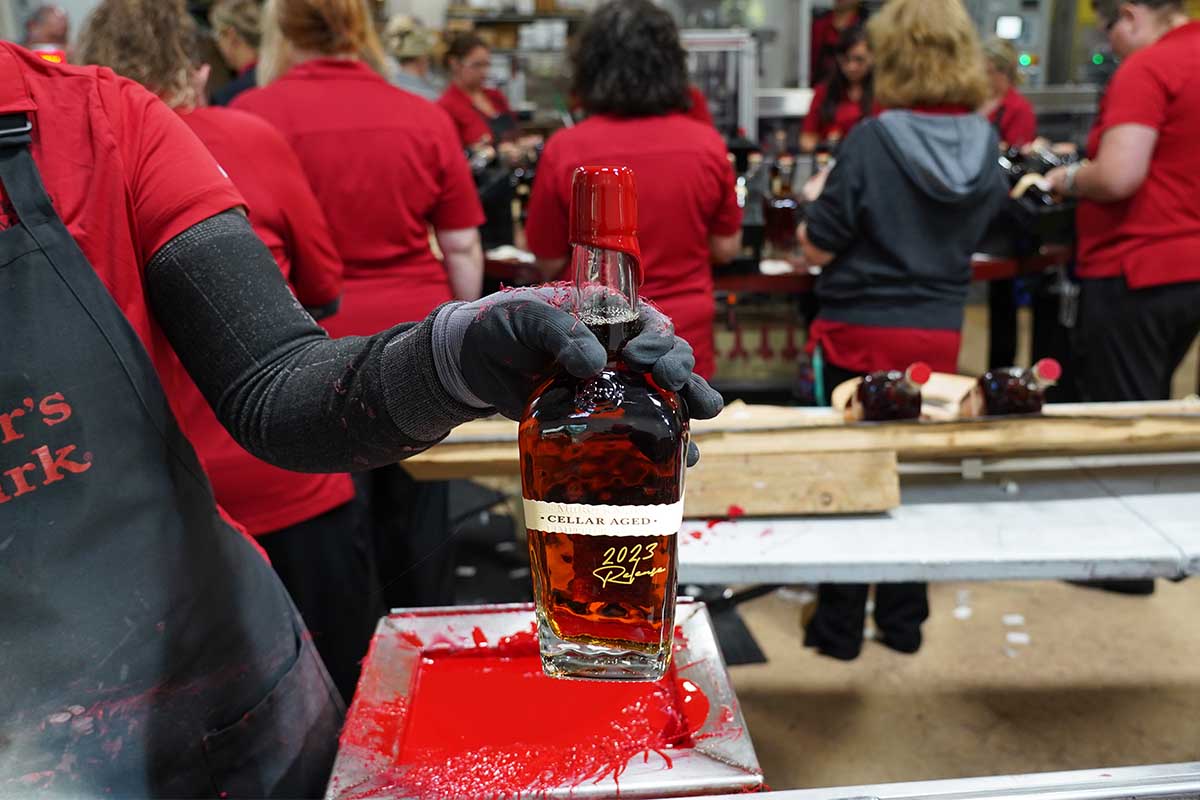
Familiar But New Flavor
The Maker’s Mark Cellar Aged still maintains the classic Maker’s Mark flavor profile. The burst of baking spice and citrus on the front end is still there. The aroma and flavor of grain are replaced by round, rich notes of dried stone fruit, fig and candied cherry. The mouthfeel is creamy and the whiskey drinks much easier than its 115.7 proof may suggest. The notes of nutmeg and clove persist through the back palate, but the finish is long, subtle and lingering with caramel and vanilla being the final notes. It’s an absolutely delicious whiskey that could easily go toe-to-toe with other wheated bourbons of a similar age like Weller 12 or Old Fitzgerald.
For the Maker’s Mark faithful, this upcoming release will undoubtedly sate the appetite for a deeply matured expression with an age statement. But most importantly for the team at Maker’s Mark, it aligns perfectly with the flavor profile that Bill Samuels Sr. settled on 70 years ago — rich, approachable, without bitterness, and most of all, “yummy.”
Maker’s Mark Cellar Aged will be released in limited quantities in September. It will be an annual release.
Every Thursday, our resident experts see to it that you’re up to date on the latest from the world of drinks. Trend reports, bottle reviews, cocktail recipes and more. Sign up for THE SPILL now.
